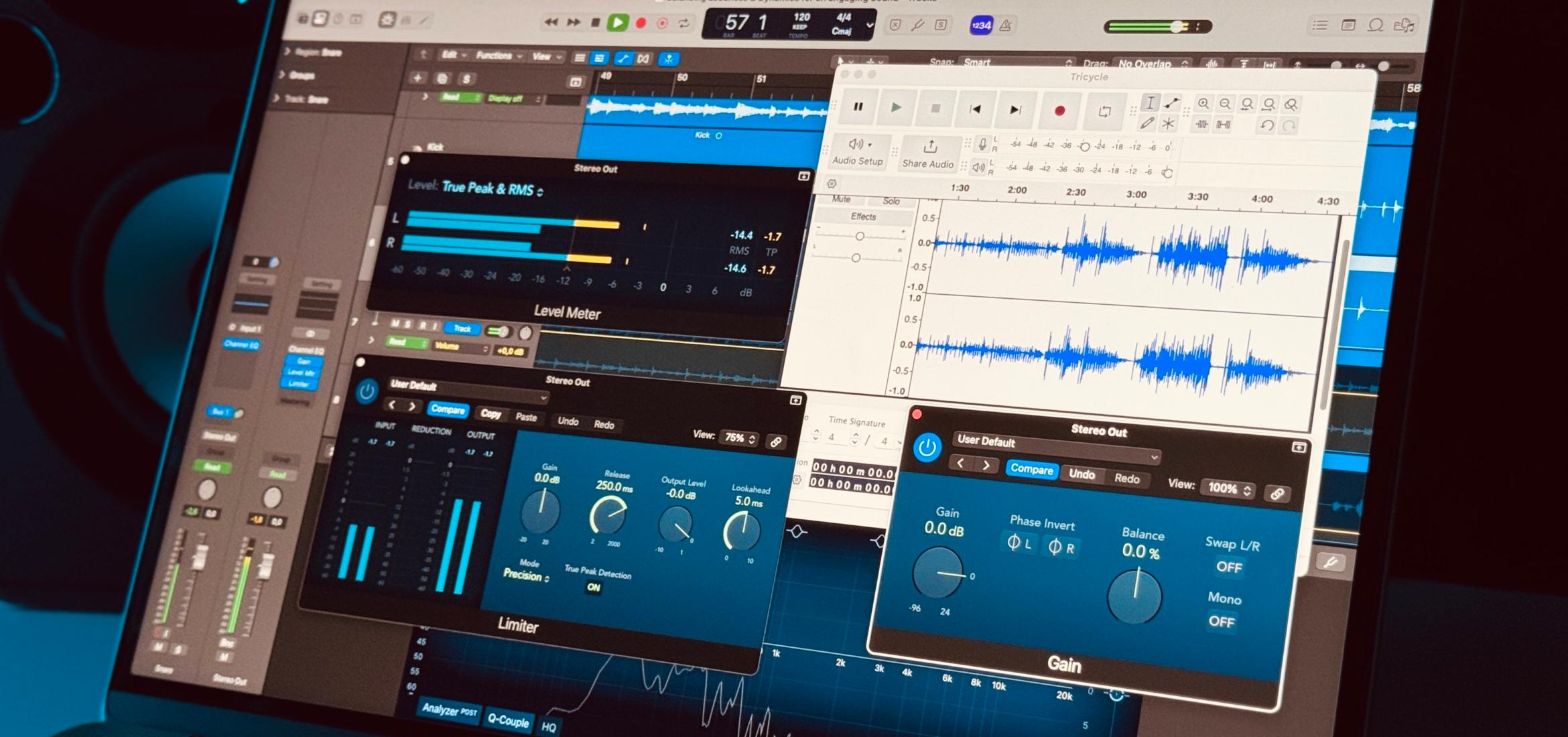In this digital age, there are so many ways to measure audio levels. For many years, RMS averaging has been the scale of choice for mastering engineers to determine final loudness. However, since 2006, the LUFS metering (Loudness Units Full Scale) system has emerged, and broadcasting services are beginning to take a stand on loudness.
So, What Is LUFS Metering?
LUFS is a measurement of loudness units designed in line with the ITU-R BS.1770 recommendation regarding the loudness and true peak level of audio. The concept of a loudness unit is identical to a decibel. However, the loudness units measurement system is weighted according to the real perception of audio rather than just the electrical signal. Ultimately, this has far more real-world carryover. It makes balancing multiple audio sources much more manageable because you’re metering the final product and not the electrical source of varying projects.

Ok, I Get It, But What Do We Need It For?
How often do you find yourself browsing through your eclectic iTunes library or rolling through suggested videos on YouTube, only to have to continually adjust your speakers because the next song is way too loud or way too quiet? Okay, perhaps not all the time, but I certainly find this to be a regular occurrence. By complying with the LUFS metering system and its standards, we can eliminate the doubt and ensure that all music plays back at a consistent level. This creates an enjoyable experience for the listener. Let’s face it, the audience is always the most important person to cater to.
I’m Sold, So What Level Should You Work To?
This is an interesting question that still sees quite a bit of discussion online. However, the important thing to consider is where your final product is going. Thinking about getting your music on iTunes radio/store? iTunes operates with a guideline of -18 LUFS and -1 dBTP. Perhaps you’re more interested in Spotify? Their recently adjusted guidelines specify a level of -16 LUFS.
I get a lot of clients who often wish for a little more loudness when I send their master files. However, I generally find that a top limit of -14 LUFS is acceptable. The most important issue to consider is where your music is going. Mastered your mix to -8 LUFS? When you upload it to Spotify, all you’ll have achieved is removing dynamics from your track, resulting in a pretty quiet song once Spotify’s algorithms do their job. Over-limiting is just as detrimental as over-compressing.
So, now you’re completely sold on the idea (thank me later), what options do you have available? Thankfully, the technology has been around for the better part of a decade, so there are plenty of choices to help you out when preparing your final mix.
So How Can I Measure LUFS?
There are plenty of plugins out there (including free ones) that will allow you to measure LUFS and keep track of the loudness of your mix to ensure it isn’t peaking before mastering.
We here at MasteringBOX suggest that before uploading your track to us, you aim to prepare your mix at around -18 LUFS. This should leave sufficient headroom and ensure a truly dynamic mixdown, offering the best results after mastering. What are you waiting for?

TL;DR
No metering solution is perfect, and the likelihood of everyone agreeing on common ground is about as likely as 8-track becoming the next fad medium. However, LUFS does a fantastic job, and I, for one, won’t be using anything else anytime soon. Now you just need to prepare your tracks for mastering. If you’ve got any questions or need advice, please comment down below, and I’ll do my best.
Sobre el autor

Tim Dunphy
Ingeniero de sonido y redactor de contenidos especializadosMás de 10 años de experiencia trabajando en el sector del audio. De todo, desde enrollar XLR hasta masterizar álbumes. Soy un hombre hecho a sí mismo y mantengo mis activos en Bitcoin. ¿Qué más hay que saber?
Deja un comentario
Inicia sesión para comentar


